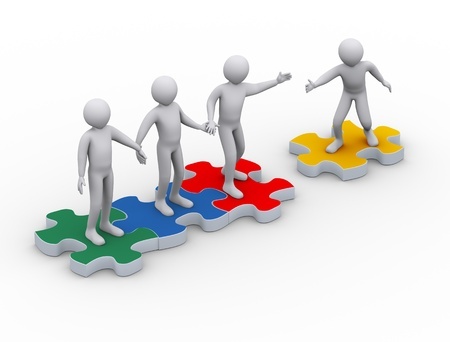“Fitness, in my opinion, is a mental exercise more than just physical.”
– Indian actress Anushka Shetty
Exercise is indeed both a mental and physical activity. We often hear people talking about how Working out makes them feel better.
- Taking walks helps them clear their minds.
- Running helps them achieve a natural runner’s high.
Clearly, there’s a connection between physical and mental fitness. People who exercise regularly could:
- Reduce fatigue if they’re undergoing cancer treatment. The National Comprehensive Cancer Network says that “exercise increases muscle strength, joint flexibility, and general conditioning.”
- Provide mental and physical benefits if they’re recovering from addictions. Alcohol and drug addiction treatment centers often encourage their clients to hit the gym as a form of holistic treatment that addresses their minds, bodies, and spirits.
- Strengthen their bones if they have osteoporosis. As an added bonus, if people don’t have osteoporosis, regular exercise may prevent it from occurring in the first place.
Thus, exercising regularly may reduce pain and fatigue. It may even prevent it. If we’re less tired and sore, we may be better able to function in general.
We certainly may be better able to handle our mental health. “Depressed adults who took part in a fitness program displayed significantly greater improvements in depression, anxiety, and self-concept than those in a control group after 12 weeks of training,” reported scholars who reviewed research about exercise and mental health.
During exercise, the brain’s pituitary gland and hypothalamus release chemicals known as endorphins. Endorphins are similar to the drug morphine, so they may fight pain. They may also boost our moods, because they’re chemicals that also relate to eating, drinking, sex, and maternal feelings.
When we exercise, we’re doing something positive for ourselves. Knowing that we’re making progress may make us feel better about ourselves and improve our self-esteem.
If we feel better about ourselves, we may be eager to continue to exercise to prolong these feelings. We may be less likely to do things that may derail this progress.
Exercise breeds positivity, which spurs further positivity, more exercise, and other constructive habits. Such habits and exercise generate further positivity, and so on.
While we often talk about breaking destructive cycles, this is one cycle we should encourage. Fitness engages, improves, and protects the mind and body in many ways.
About the author: Pamela Zuber is a writer and editor who is interested in many topics, including mental health, addiction and recovery, human rights, gender, and business.
Sources
Craft, Lynette L. and Frank M. Perna. “The Benefits of Exercise for the Clinically Depressed.” The Primary Care Companion to the Journal of Clinical Psychiatry. 2004; 6(3): 104-111.https://www.ncbi.nlm.nih.gov/pmc/articles/PMC474733/
Domonell, Kristen. “Why Endorphins (and Exercise) Make You Happy.” CNN.com. January 13, 2016.https://www.cnn.com/2016/01/13/health/endorphins-exercise-cause-happiness/index.html
“Exercising During Cancer Treatment.” Patient and Caregiver Resources. National Comprehensive Cancer Network.https://www.nccn.org/patients/resources/life_with_cancer/exercise.aspx
Russo, Cosimo Roberto. “The Effects of Exercise on Bone. Basic Concepts and Implications for the Prevention of Fracture.” Clinical Cases in Mineral and Bone Metabolism. Sept.-Dec. 2009; 6(3): 223-228.https://www.ncbi.nlm.nih.gov/pmc/articles/PMC2811354/





